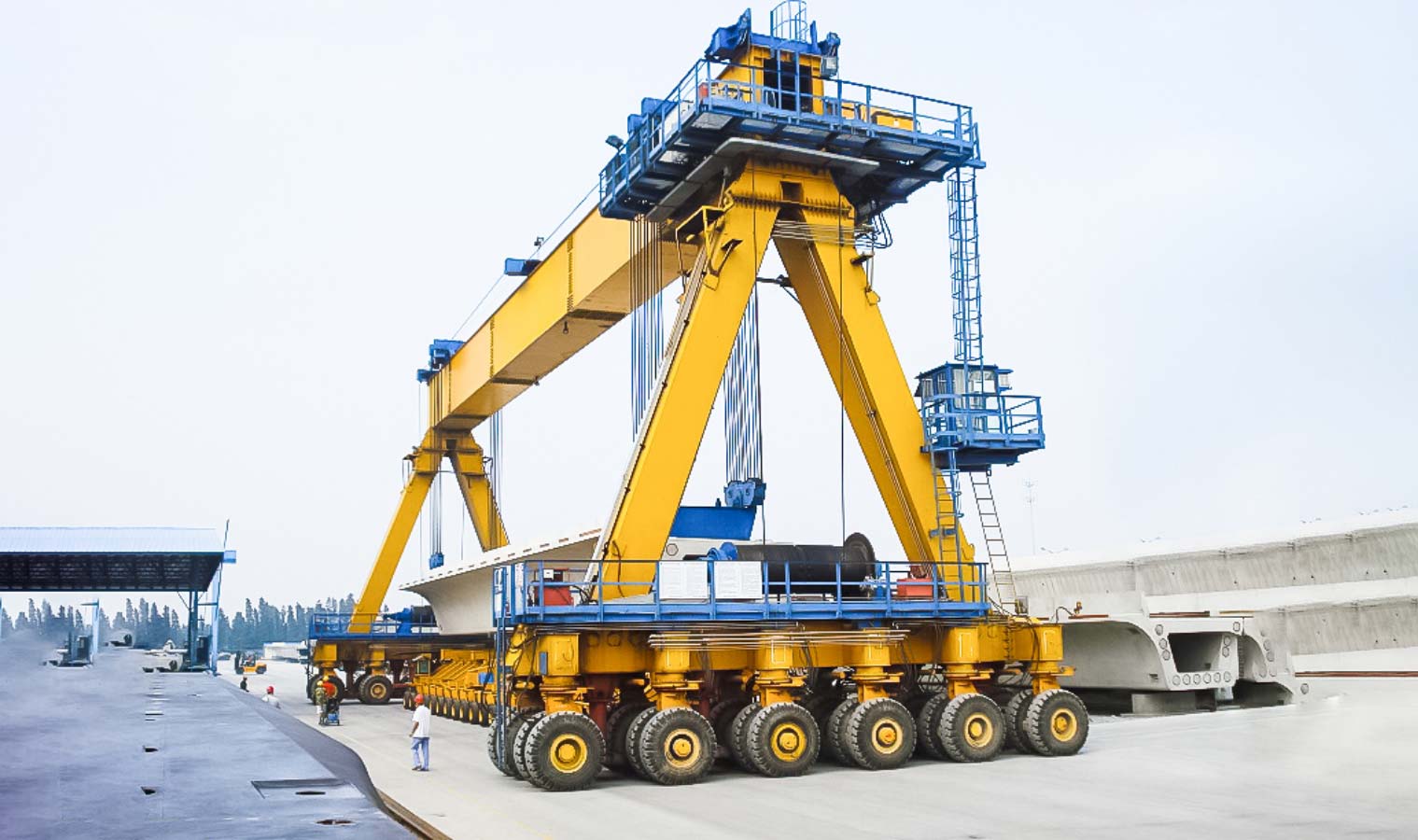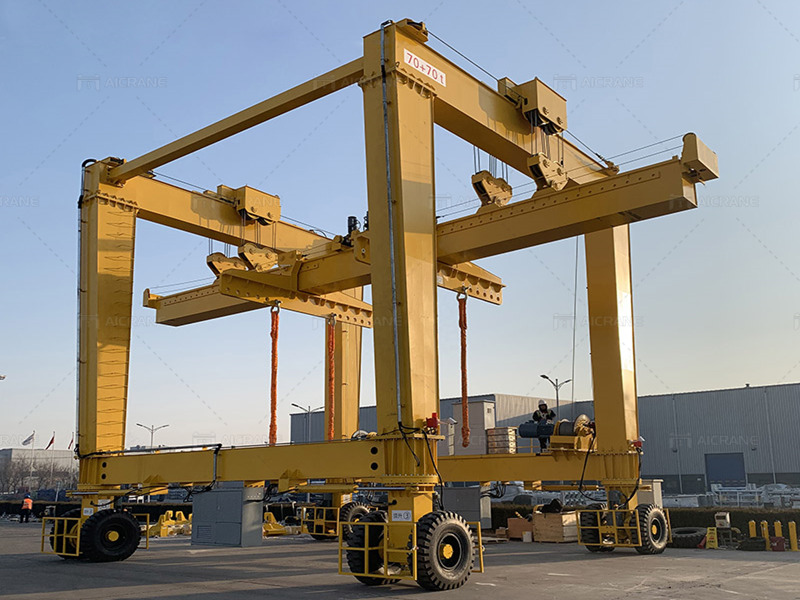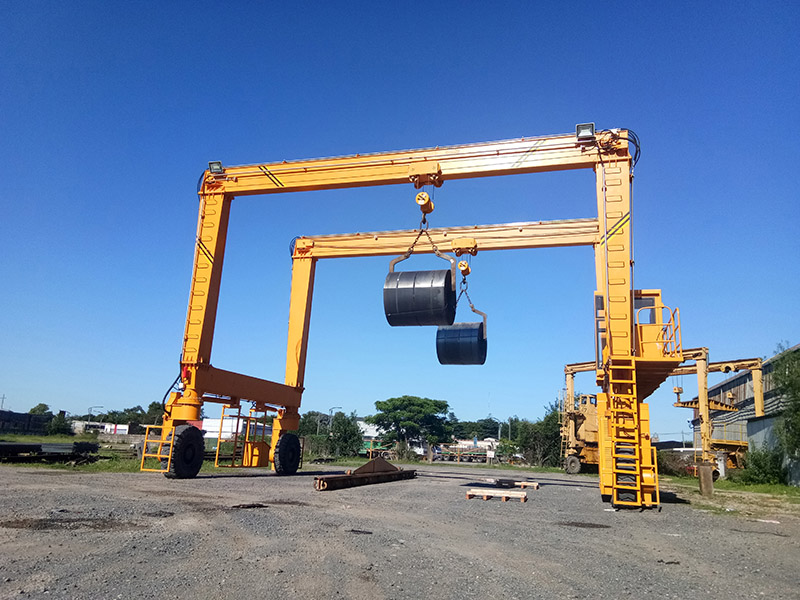The automotive industry is a dynamic sector that relies on precision, speed, and efficiency. One technology that has significantly contributed to enhancing these factors is the Rubber-Tyred Gantry (RTG) crane. In this article, we will explore how RTG cranes are revolutionizing the automotive industry from multiple perspectives, including their design, benefits, applications, and environmental impact.

Innovative Design for Automotive Excellence
RTG cranes are designed with the automotive industry’s specific needs in mind:
1. Mobility and Flexibility
The rubber tires on RTG cranes(козловой кран rtg) allow them to move with agility, navigating the tight spaces of automotive manufacturing facilities. This mobility is crucial for efficiently transferring parts and materials between different production stages.
2. High Lifting Capacity
RTG cranes boast impressive lifting capacities, enabling them to handle heavy components like engines, chassis, and assembled vehicles. Their robust design ensures that operations continue smoothly even with substantial loads.
Advantages Galore
The integration of RTG cranes in the automotive industry brings about several advantages:
1. Accelerated Production
RTG cranes expedite the movement of parts, facilitating just-in-time manufacturing processes. This results in reduced assembly line downtime and faster vehicle production cycles.
2. Precise Placement
The advanced control systems of RTG gantry cranes(козловой кран) ensure precise placement of components, reducing errors and rework. This precision translates to higher product quality and fewer defects.

3. Space Optimization
Automotive manufacturing plants often face space constraints. RTG cranes’ compact design and ability to move laterally optimize space utilization, leading to streamlined workflows.
Diverse Applications in the Automotive Industry
RTG cranes find applications in various stages of automotive production:
1. Materials Handling
From raw materials to finished components, RTG cranes efficiently handle a wide range of automotive parts. This includes lifting, transporting, and positioning items with the necessary precision.
2. Assembly Line Support
RTG cranes play a crucial role in supplying assembly lines with components in real-time, contributing to the smooth operation of the manufacturing process.
3. Finished Vehicle Handling
Even after assembly, RTG cranes are utilized to move and position fully assembled vehicles for testing, quality control, and distribution.

A Greener Approach
The automotive industry’s environmental impact is a growing concern. RTG cranes contribute to sustainability:
1. Energy Efficiency
RTG cranes(кран 32 козловой) are designed to optimize energy consumption, with features like regenerative braking that convert excess energy back into the power grid. This helps reduce the overall energy footprint of the manufacturing process.
2. Emission Reduction
By minimizing the need for heavy machinery to move materials manually, RTG cranes contribute to reducing emissions and improving air quality within manufacturing facilities.
3. Waste Reduction
Precise material handling by RTG cranes minimizes the likelihood of damage and waste, contributing to a more sustainable manufacturing process.
In conclusion, Rubber-Tyred Gantry cranes have emerged as game-changers in the automotive industry. Their innovative design, advantages in terms of production efficiency and precision, diverse applications, and positive environmental impact make them invaluable assets to automotive manufacturing plants. As the industry(Aicrane) continues to evolve, RTG cranes stand as a testament to how technology can drive progress and excellence in this competitive sector.